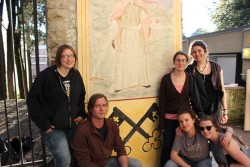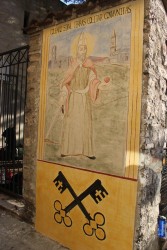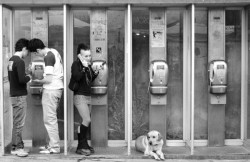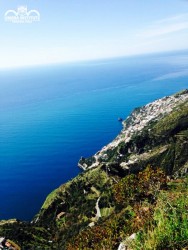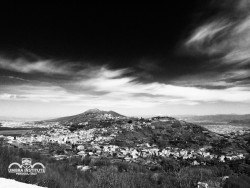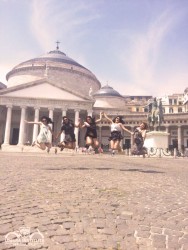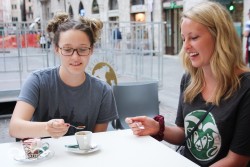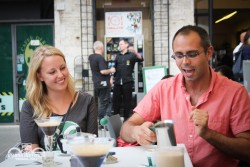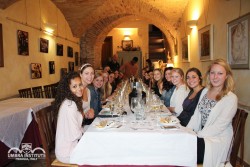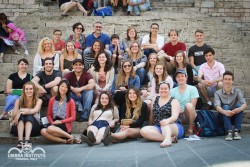Alissa Foster, who is currently taking the History and Culture of Food in Italy class, recently visited the covered market of Perugia together with her classmates. The field lecture was led by prof. Elisa Ascione.
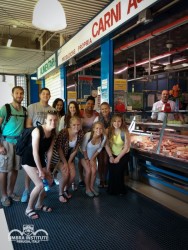
“It was very interesting visiting the covered market of Perugia and getting an opportunity to see the current state, and hear its rich history, evolution, and future. Interacting with some of the owners and hearing snippets of their stories gave me a real insight into how vital this market was, and is, to their livelihoods. An elderly woman shopping at the meat counter told us of a different time in the past when there were many more market stands that had to compete with each other for business. Now there is a stillness to the market. This is a liminal period foreshadowing a large-scale renovation plan that will forever change the way of life surrounding the marketplace. Modernity will replace antiquity. While some may view this as a positive transition, some stand owners and market goers will miss the traditions that exist in such a vital place to the community. The history of the market is so rich, and will hopefully be preserved in the future changes.”
– Alissa Foster


